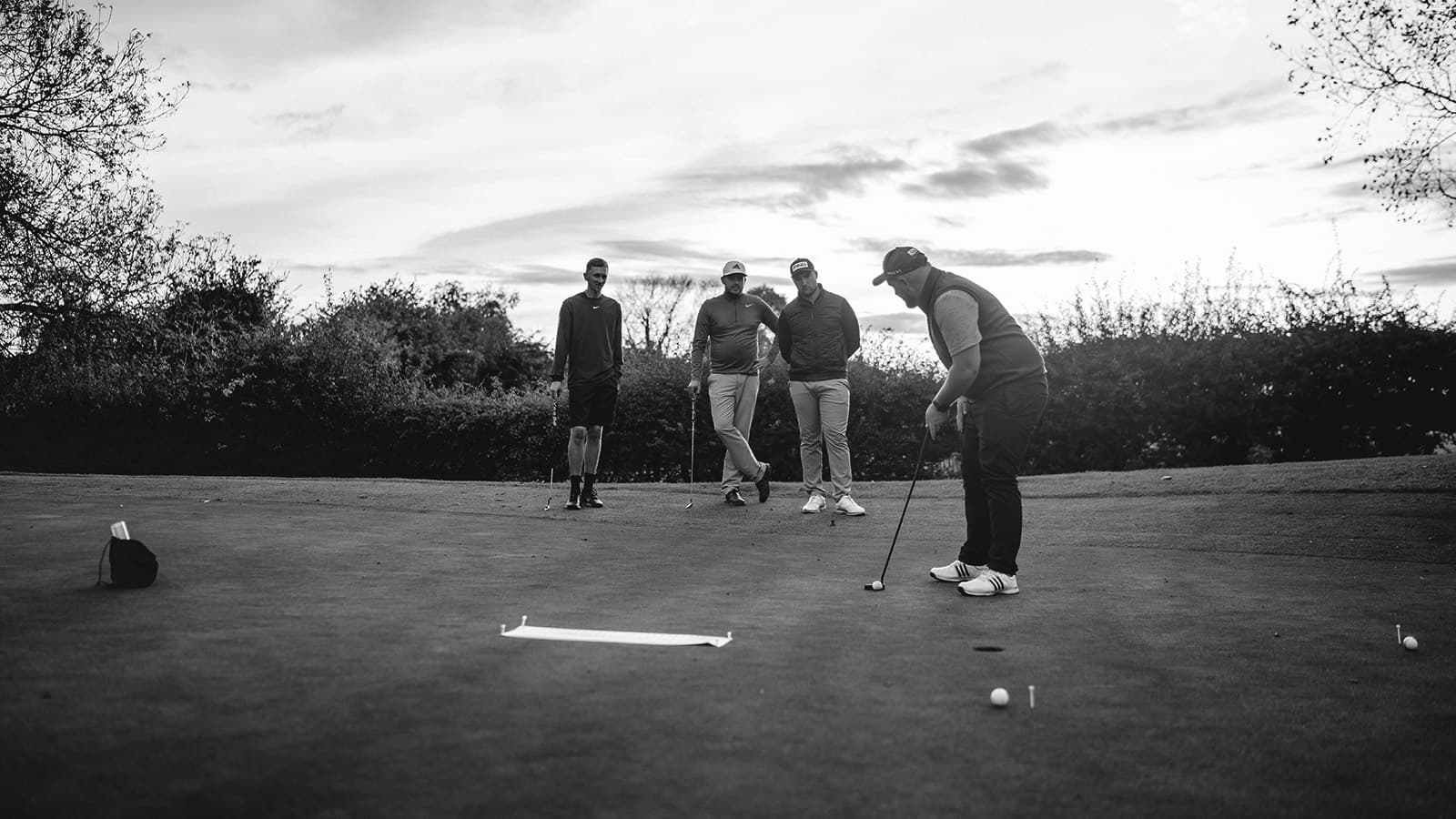
Golf is a game of finesse, precision, and technique. And at the heart of a great golf swing lies the grip—the way you hold the club. While it may seem like a small detail, your grip can have a profound impact on your entire swing. In this article, we will explore the importance of a proper grip in golf, common grip mistakes to avoid, different grip types, and practical drills to help you enhance your grip strength and consistency.
Before we delve into the intricacies of grip techniques and drills, let's first understand why having a proper grip is of paramount importance in golf. Your grip is the only connection between you and the club, and it significantly influences the clubface's position at impact. Here's why a proper grip matters:
1. Control and Consistency: A proper grip allows you to have better control over the club throughout your swing, leading to more consistent shots. It helps you maintain the correct clubface angle during the entire swing, reducing the chances of mishits.
2. Power and Distance: A solid grip ensures that you can transfer power efficiently from your body to the clubhead. This translates to more distance on your shots.
3. Feel and Feedback: A good grip provides feedback to your hands, allowing you to "feel" the clubhead's position and make necessary adjustments during the swing.
4. Injury Prevention: An incorrect grip can strain your wrists and lead to injuries over time. Using the right grip minimizes the risk of these injuries.
Now that we understand why a proper grip is essential let's take a closer look at the common mistakes beginners often make when it comes to their grip.
In the quest to perfect their golf swing, many amateur golfers unknowingly fall into the trap of making these common grip mistakes:
1. The "Death Grip": Gripping the club too tightly is a prevalent mistake. This not only restricts the natural flow of your swing but also hampers your ability to generate power. A relaxed grip allows for a smoother, more fluid swing.
2. The Weak Grip: Some beginners tend to use a grip that's too weak, meaning both hands are turned too far to the left on the club (for a right-handed golfer). This can result in open clubfaces, leading to slices and poor accuracy.
3. The Strong Grip: On the opposite end, some golfers opt for a strong grip, where both hands are turned too far to the right on the club. This can lead to hooks and difficulty in shaping shots.
4. Incorrect Hand Placement: Placing your hands too far apart or too close together on the grip can impact your control and power. Finding the right hand placement is crucial for a well-balanced swing.
There's no one-size-fits-all answer when it comes to grip types in golf. Different golfers prefer different grip styles, and the choice often comes down to personal comfort and what feels natural. Here are some of the most common grip types:
1. Overlapping Grip: In the overlapping grip (also known as the Vardon grip), the pinky finger of your trailing hand (the right hand for right-handed golfers) overlaps the index finger of your lead hand (the left hand for right-handed golfers). This grip is widely used and offers a good balance between control and power.
2. Interlocking Grip: The interlocking grip involves interlocking the pinky finger of your trailing hand with the index finger of your lead hand. It's a grip favored by golfers with smaller hands or those looking for added control.
3. Baseball Grip: In the baseball grip (also known as the 10-finger grip), all ten fingers are on the club. It's an option for those who find the overlapping or interlocking grips uncomfortable. However, it may sacrifice some control and power.
Choosing the right grip type is a matter of personal preference and comfort. Experiment with different grip styles and settle on the one that suits you best.
Now that we've covered the importance of a proper grip, common grip mistakes, and various grip types, it's time to work on improving your grip. Here are some practical drills and exercises to help you enhance your grip strength and consistency:
1. Grip Pressure Drill: To avoid the "death grip" mistake, practice holding the club with just enough pressure to maintain control. On a scale of 1 to 10, aim for a grip pressure of around 4 to 5. This will help you strike a balance between a firm hold and a relaxed grip.
2. Alignment Stick Drill: Use an alignment stick to ensure your grip alignment is correct. Place the stick on the ground and align it with the target. Then, grip the club, making sure the leading edge of the clubface is parallel to the alignment stick. This drill helps prevent weak or strong grips.
3. Grip and Repetition: Spend time practicing your grip before each practice session. Take the club in your hands and rehearse your grip multiple times to build muscle memory. Over time, this will help you establish a consistent grip every time you step up to the tee.
In conclusion, your grip is the foundation of your golf swing. It influences your control, power, and overall performance on the course. Understanding the importance of a proper grip, avoiding common grip mistakes, exploring different grip types, and practicing grip-enhancing drills are vital steps in perfecting your grip and improving your golf game. So, take the time to work on your grip, and you'll see the positive impact it has on your swing and scores. Happy golfing!






